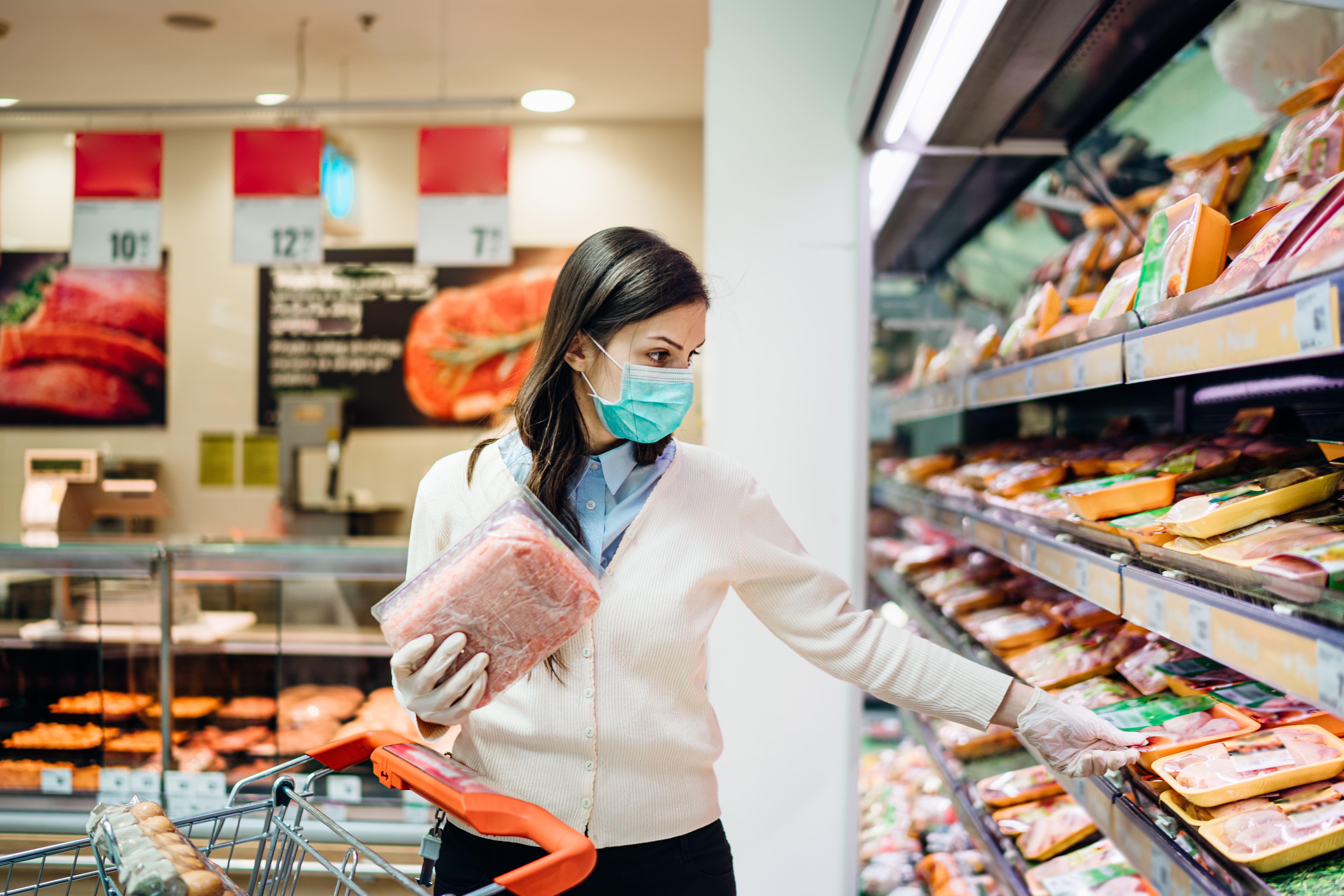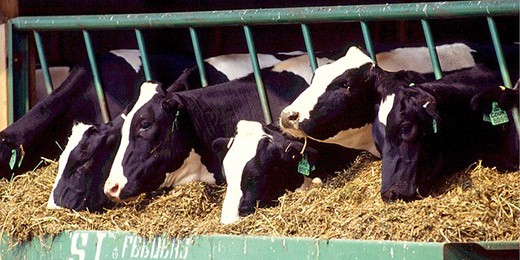



FAO reports that world food prices have been rising for seven straight months
The World food price index shows that global food prices rose for a seventh consecutive month in December across all major categories except sugar.
Reuters reports that the Food and Agriculture Organisation's food price index, which measures monthly changes for a basket of cereals, oilseeds, dairy products, meat and sugar, averaged 107.5 points last month versus 105.2 in November.
The November figure was previously given as 105.0.
For the whole of 2020, the benchmark index averaged 97.9 points, a three-year high and a 3.1 percent increase from 2019. It was still down more than 25 percent from its historical peak in 2011.

FAO said supply tightness in major palm oil producing countries had pushed prices up, while trade was also impacted by a sharp hike in export duties in Indonesia. Prices for soy oil rose partly because of prolonged strikes in Argentina.
The cereal price index posted a more modest 1.1 percent rise in December from the month before. For all of 2020 the index averaged 6.6 percent above 2019 levels.
Export prices for wheat, maize, sorghum and rice all rose in December, moving higher in part due to concerns over growing conditions and crop prospects in North and South America as well as Russia, the Rome-based FAO said.
The dairy index climbed 3.2 percent on the month, however, over the whole of 2020, it averaged some 1.0 percent less than in 2019.
In December, all components of the index rose due to strong global import demand triggered by concerns over drier and warmer conditions on Oceania's milk production as well as high internal demand in Western Europe.

The meat index pushed up 1.7 percent last month, while its full-year average was 4.5 percent below that of 2019. FAO said poultry quotations rebounded in December, partly due to the impact of avian influenza outbreaks in Europe. However, pig meat prices fell slightly, hit by the suspension of German exports to Asian markets following African swine fever outbreaks.
Bucking the rises in other indices, average sugar prices dipped by 0.6 percent in December. For 2020 as a whole, the sub-index posted a most 1.1 percent gain on 2019 levels. FAO said the relative firmness of latest data reflected a surge in imports by China and increased demand for refined sugar from Indonesia.
FAO did not issue an updated forecast for worldwide cereal harvests in January. Its next estimate is due in February.
Last month, FAO revised down its forecast for the 2020 cereal season for a third month running, cutting it to 2.742 billion tonnes from a previous 2.75 billion tonnes.
Read more about this story here.
Source: Reuters


